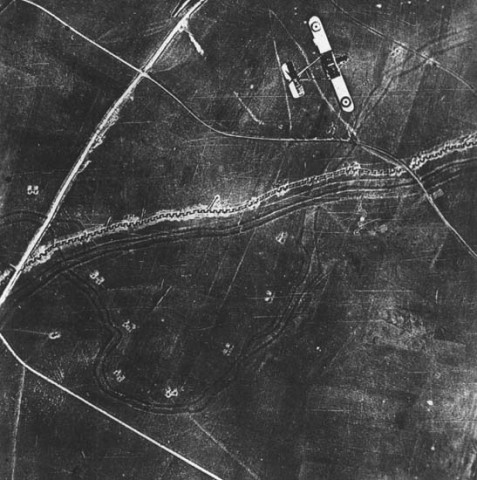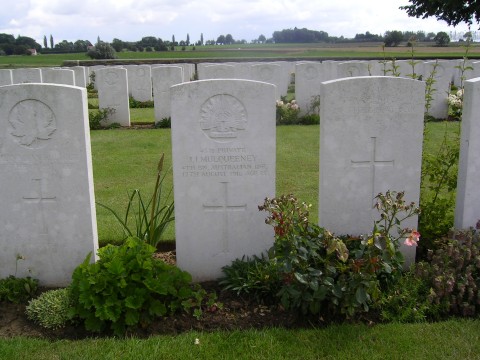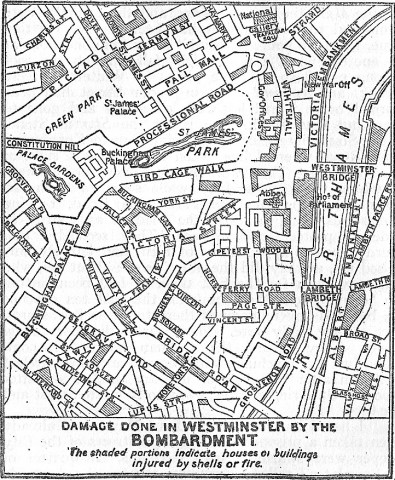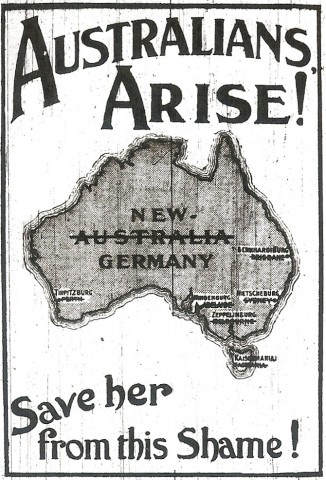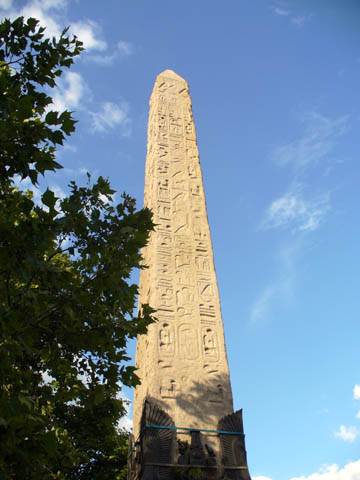Sealion 1918
[Cross-posted at Revise and Dissent.] Recently, I read Alan Kramer’s Dynamic of Destruction: Culture and Mass Killing in the First World War. It’s an excellent book, both illuminating and informative (being airminded, I found the section on the Austrian and German bombing of Italy to be especially fascinating), and I highly recommend it.1 But there […]


